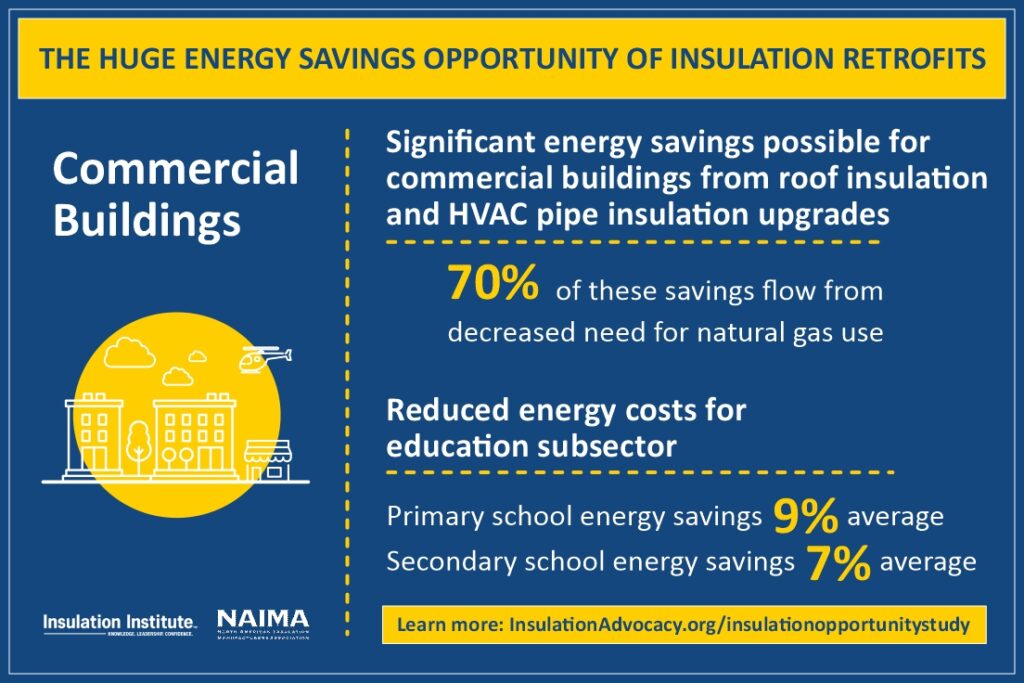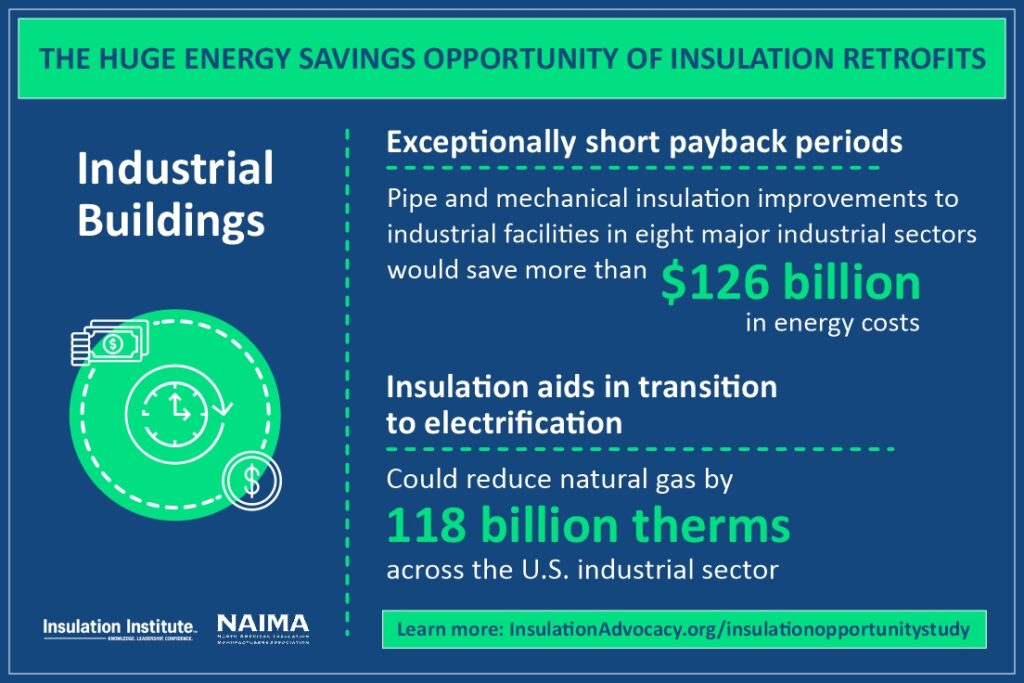Residential, commercial, and industrial buildings are the largest sector of the U.S. energy economy, according to the U.S. Energy Information Administration. Energy efficiency is the single largest way to eliminate waste, reduce emissions, and save money. There are myriad climate, energy use reduction, and cost saving opportunities available through a concerted effort to reduce energy use and emissions with insulation and air sealing.
Buildings and the Fight Against Climate Change
Every building, from the smallest school to the tallest skyscraper, uses energy most often generated by burning fossil fuels. The burning of fossil fuels releases greenhouse gasses into the atmosphere, contributing to the challenge of climate change. In fact, the nearly 5 million buildings in the U.S. where we work, play, and learn are responsible for 20 percent of both the nation’s energy use and greenhouse gas emissions at a cost of $100 billion per year.
One of the easiest and most effective energy-efficient technologies available today is insulation. Overall benefits from insulation are numerous, including thermal performance, personal comfort, sound control, condensation control, fire protection, and personnel protection. All these benefits are significant, however, central to decarbonization is energy use optimization. This is where effective and efficient insulation is essential.
Reducing Emissions by Prioritizing Insulation
In 2022, a coalition of national insulation trade associations commissioned an analysis of the energy, cost, and CO2 savings possible by investing in easily achievable insulation improvements to existing single-family homes, commercial buildings, and industrial facilities.
The study, conducted by the consulting firm ICF, found that the opportunity associated with simple insulation measures, including air sealing and adequate insulation, is immense and can significantly contribute to lowering emissions attributable to buildings. This impact is equivalent to increasing current wind production by 135 percent or offsetting the emissions associated with 40 percent of all natural gas-fired generation in the United States.





